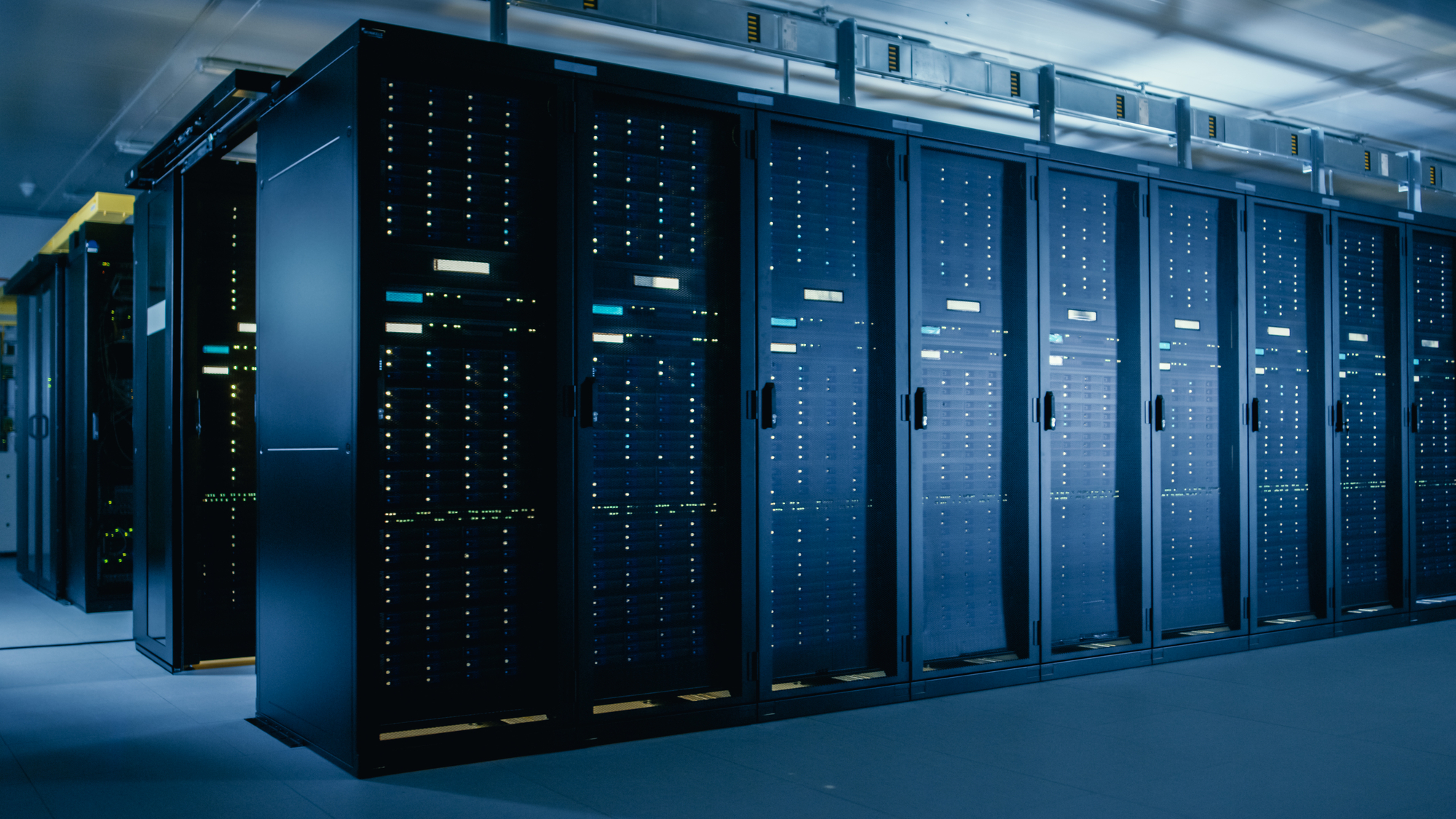Infineon Projects Significant Increase in AI Data Center Energy Consumption Amid ‘DeepSeek Shocks’

Rising Electricity Demand from AI Data Centers
Projected Energy Consumption by 2030
According to recent predictions, AI data centers around the globe could consume up to 7% of the world’s total electricity by the year 2030. This amount is roughly equivalent to the annual electricity usage of a country as large as India. The increase in energy consumption is primarily driven by the growing demand for artificial intelligence applications.
Insights from Industry Experts
Adam White, the division president of power and sensor systems at Infineon, shared these insights during an interview with Nikkei Asia. He noted that advancements in technologies such as more efficient large language models—like those developed by DeepSeek—are not expected to reduce investment in AI data centers. Instead, these improvements will likely lead to even greater demands for computing power.
Growing Demand for AI Applications
The surge in the requirement for AI applications is contributing significantly to the escalating energy consumption. As businesses, governments, and various sectors increasingly adopt AI technologies for tasks ranging from data analysis to automation, the need for robust AI infrastructure is growing. This trend raises concerns about sustainability, as the energy required to support these operations could have far-reaching environmental impacts.
DeepSeek Shocks and Their Implications
The term "DeepSeek shocks" refers to the technological advancements that promise more efficient training and deployment of AI models. While these innovations may improve the performance of AI systems, they paradoxically contribute to a rise in overall energy consumption. This is largely because enhanced capabilities stimulate even greater usage of AI in various sectors.
Impacts on Investment in AI Data Centers
As the demand for powerful AI systems continues to rise, so does the investment in data centers that support these applications. Large tech companies are increasingly committing substantial resources to expand their data center infrastructure to meet this growing need. Consequently, the ongoing investment spree suggests that the industry does not view energy efficiency advancements as a deterrent to spending, but rather as a springboard for further growth.
Energy Efficiency Considerations
The rapid rise in energy consumption raises important questions about sustainability. As AI technologies advance, it will be essential for companies and regulators to focus on energy efficiency. Various strategies can be employed to address this challenge:
- Adopting Renewable Energy Sources: Transitioning data centers to renewable energy sources such as solar, wind, and hydro power can significantly reduce carbon footprints.
- Improving Cooling Technologies: Data centers generate substantial heat, and implementing better cooling systems can lower energy use.
- Optimizing Performance: Developing algorithms that require less computational power but still deliver high performance could mitigate electricity consumption.
Future Outlook
As we look ahead to 2030, it’s clear that the intersection of AI technology and energy consumption will play a pivotal role in shaping the future of global electricity demands. With significant portions of energy use increasingly linked to AI operations, finding a balance between technological advancement and sustainable energy practices is becoming more critical than ever.
This scenario emphasizes the need for industry leaders and policymakers to work together to develop practices that can sustain the growth of AI while also protecting the environment. The importance of strategic energy management cannot be overstated in this evolving landscape, ultimately shaping the path forward in how society utilizes advanced technologies and resources.





